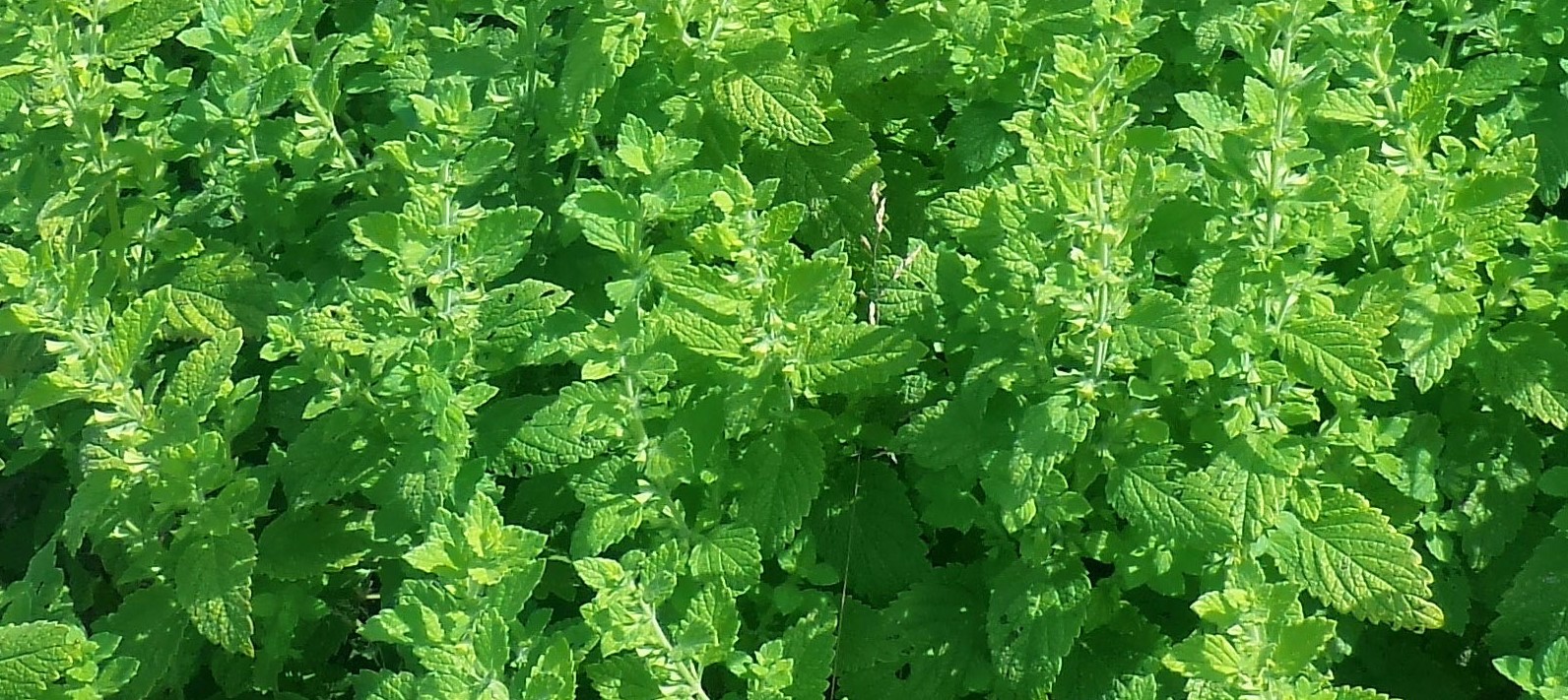
Melissa officinalis (lemon balm)
Lemon balm is a perennial plant native to southcentral Europe, north Africa and central Asia. It grows to around 40-70 cm and the whole plant has a pleasant, mild lemon scent and taste. The flowers, blooming in July to September, are white and small, rich in nectar and bee pollinated.
Today lemon balm is cultivated as an ornamental or herb. Its leaves are used for flavoring food, fruit dishes and sweets, but also for tea and its oil used in perfumes. The species has been used as a medical plant for at least 2000 years. It has a long tradition as antidepressant, treating weak stomachs and strengthening the heart. It is said to help against insomnia, headaches, fever and colds. Lemon balm has also been used externally to sooth wounds, gout and insect bites, as well as an insect repellent.
Cultivation
Sow the seeds in April in a broadcast tray. Use tray substrate and put in light conditions, approximately 20-23 °C. Do not cover the seeds, or at the most 0.2 cm, since lemon balm needs light to germinate. Germination can be irregular and/or slow. Transplant the plants into small individual pots in pot substrate when large enough to handle.
Family: Lamiaceae
Swedish: citronmeliss
Finnish: sitruunamelissa
Norwegian: sitronmelisse
Danish: hjertensfryd
Icelandic: hjartafró

Do not cover the seeds, or at the most 0.2 cm, since lemon balm needs light to germinate.
The pots can be placed in an unheated greenhouse, or outside when the risk of frost weather is over. When fully rooted in the pots, plant outside in field in sunny setting. The plants may bloom during the first year, but seed production will be more abundant the second year. This varies with geographical position and weather though. Flowering time for Melissa officinalis is from July to September and harvesting of the seeds will normally take place in August/September second year. Always harvest in dry conditions.
